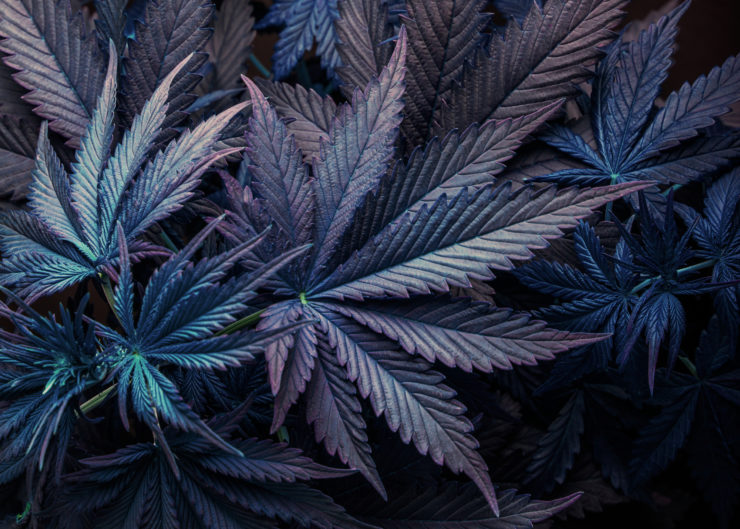
28 Feb California Cannabis Appellations: Proposed Regulations Are Here!

On February 20, 2020, the California Department of Food and Agriculture (CDFA) released its proposed regulations for the Cannabis Appellations Program, something that many cultivators have been anticipating since the inception of the Medicinal and Adult Use Regulation and Safety Act (MAUCRSA).
We’ve written about appellations and their applicability to cannabis before, but a quick refresher is warranted. For the uninitiated, an appellation is a geographical name (as of a region, village, or vineyard) under which a winegrower is authorized to identify and market wine. But appellations are used for more than just wine. In France, for example, the Appellation d’Origine Contrôlée (AOC) is a certification given to certain French geographical indications for wine, cheese, butter and other agricultural products.
Certifying the geographical origin of certain products stems from the concept of terroir, which is the set of environmental factors that affect a crop’s unique flavor, aroma and other characteristics. Some great examples of this are Champagne, which is produced from the Champagne region grape grown on specific parcels in the Champagne appellation, and Camembert cheese, which is protected by a designation of origin that requires production in Normandy. Tequila and Mezcal also must come from a particular region. Consumers are becoming increasingly conscientious about where their food comes from and how it’s produced.
A number of cannabis cultivators in the Emerald Triangle proposed the “Mendocino Appellations Project” a few years back, but MAUCRSA, via Business and Professions Code Section 26063(b), required the CDFA to develop the process by which state-licensed cannabis cultivators may establish appellations of origin by January 1, 2021. The CDFA’s proposed regulations lay out the process for establishing cannabis appellations of origin and provide additional clarification on the use of county of origin.
Some of the requirements for cannabis advertising laid out in the proposed regulations are as follows:
- “Cannabis shall not be advertised or marketed containing any statement, design, device, or representation which tends to create the impression that the cannabis originated from a particular county or appellation of origin, unless the label of the advertised product bears that county of origin or appellation of origin.”
- “A country of origin, appellation of origin, or any similar name that is likely to mislead consumers as to the kind or origin of the cannabis shall not be used in the labeling of cannabis unless:
- One-hundred percent of the cannabis was produced in the named county or appellation of origin;
- Records demonstrating compliance with subdivision (b)(5)(A) of this section have been retained by the licensee pursuant to section 8400 of this chapter; and
- Within 30 days of the use of an appellation of origin, Notice of Use of the appellation of origin has been filed with the department pursuant to section 8212.1 of this chapter.”
- “For purposes of labeling and packaging using a county of origin or appellation of origin, cannabis is produced in a county or appellation of origin if all cultivation as defined in Business and Professions Code, section 26001, subdivision (l), starting from the time the cannabis plants were taller or wider than 18 inches, was conducted within the county or appellation of origin and according to any applicable standard, practice, and cultivar requirements.”
In addition, licensees must submit a Notice of Use to the CDFA for use of an Appellation of Origin that includes the licensee’s name and license number, contact email address, appellation of origin used, and the date on which use of the appellation will commence. Each Notice of Use is goods for three years.
In order to establish an Appellation of Origin, a petition must be submitted to the CDFA with a “general description and location of the proposed geographical area which may include information such as total acreage of the area, total canopy acreage within the area that is currently occupied under licensed commercial cannabis cultivation, and estimated cannabis canopy acreage eligible to use the proposed appellation of origin.” Petitioners must also include a description and evidence of distinctive geographical features affecting cannabis cultivation in the area, an identification of all standard, practice, and cultivar requirements of the proposed appellation, as well as a description and evidence of the “legacy, history, and economic importance of cannabis cultivation in the area.”
We expect that most petitions will encompass geographical areas in the Emerald Triangle, but expect to see appellations established throughout the state. Comments on the proposed regulations may be submitted until Monday, April 6, 2020, via email to CDFA.CalCannabis_Appellations@cdfa.ca.gov, via mail, or in person at the public hearing on Tuesday, April 14, 2020, from 1pm to 3pm, in the CDFA Auditorium at 1220 N Street, Sacramento, CA 95814.


Sorry, the comment form is closed at this time.